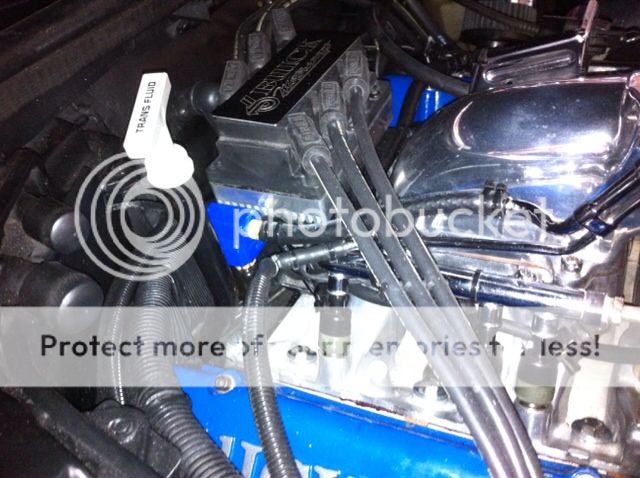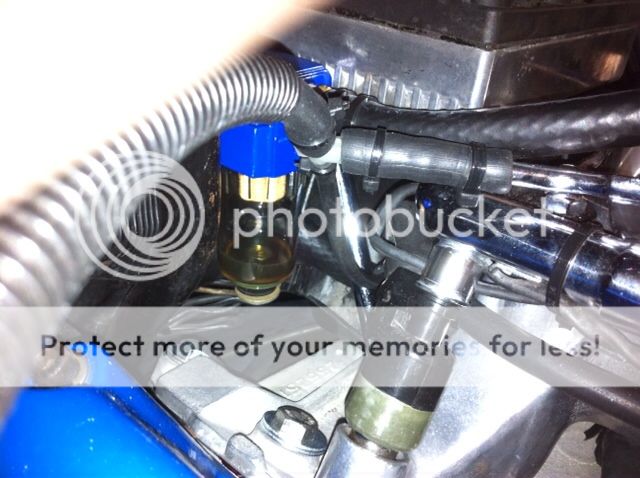- Joined
- Jan 3, 2012
- Messages
- 811
Used the same one pronto used, 99-04 Mustang Cobra.Nice installation
What type of JLT model did you use?
By registering with us, you'll be able to discuss, share and private message with other members of our community.
SignUp Now!Used the same one pronto used, 99-04 Mustang Cobra.Nice installation
What type of JLT model did you use?
I took the arrow as the flow direction and have it pointing towards the can. Vacuum is flowing from the vac block, through the check valve to the catch can, then from the can to the PCV.
I see some cans with a breather on top...wonder if fumes would be an issue? Or if its even a good idea?
Good point...thanks.I think it would act like a huge vacuum leak like leaving the hose disconnected from the vac block, and it wouldnt suck vapor out of the motor. Pretty sure theyre for venting fumes to atmosphere while containing the oil
I have already deleted the valve cover to turbo hose due to all the oil it put into the intercooler and throttle body. I discovered oil in the PCV valve and tube as well. I have some US Plastics check valves and am looking into a cheap catch can. This is one I found on Ebay:
http://www.ebay.com/itm/121041888272?ssPageName=STRK:MEWAX:IT&_trksid=p3984.m1438.l2649
I figured the transparent reservoir will make it easier to know when to empty it. Thoughts?

